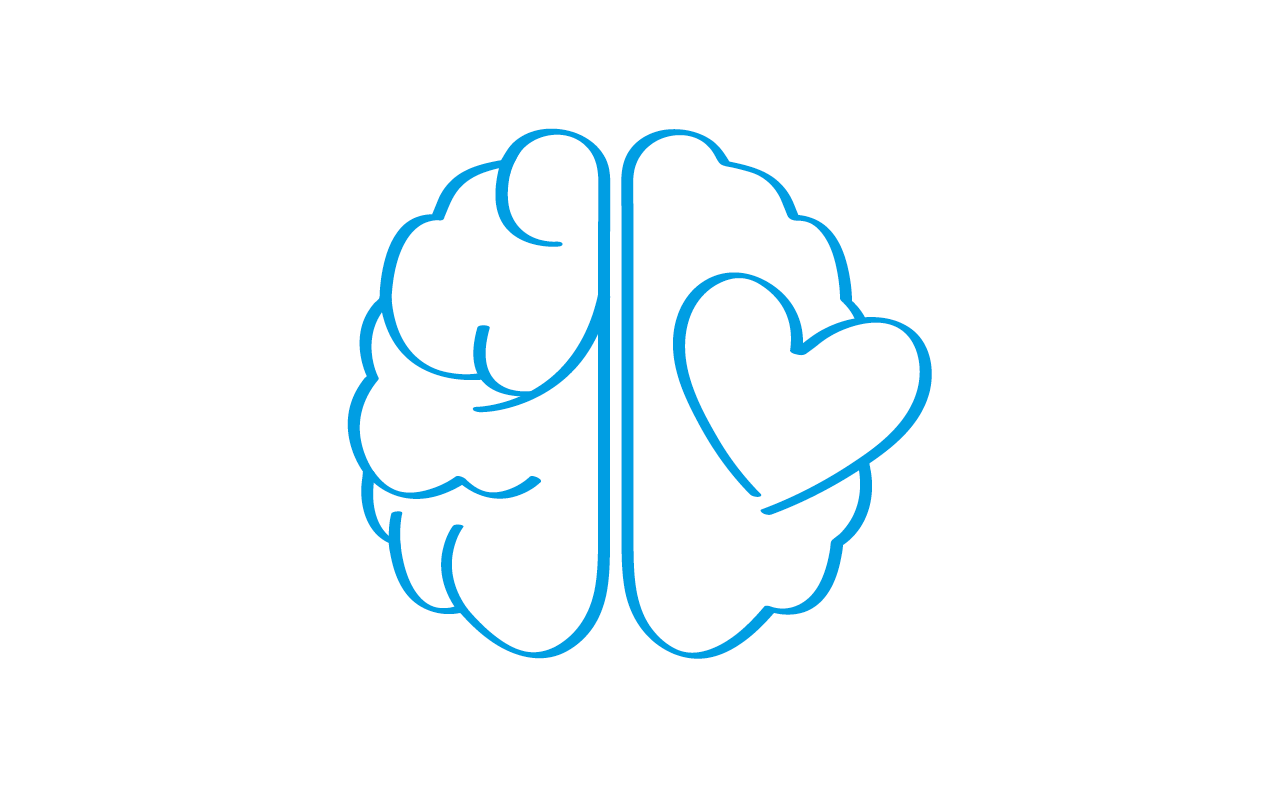Designing intuitively

Intuition is not a well-liked term in design. Often, it is used to question someone’s professionalism; intuitive decisions become associated with irrationality and aesthetic preferences.
We’re making a stand against this notion: Intuition is an essential skill for designers! It inspires us – each and every one of us, in fact.
Intuition is user-centered.
Throughout the course of our lives, we gather a variety of experiences – be they culturally determined or derived directly from what physically surrounds us. Even toddlers apply these environmental experiences to the digital realm. To do this, we rely on impressions gained via interacting with tangible objects: We thus transfer learned movements such as “swiping” and “flipping” to a touchscreen.
Intuition is a human trait, not a technical one. That makes it especially fascinating. It is possible to design software intuitively – that is, in such a way that the target audience will be able to use it effortlessly based on previous experiences. That intuition is inherent to each one of us and is as unique as the person themself. It requires an instinctual understanding to get it right.

Intuition in the day to day of a designer
Intuition also enables us to make decisions in the professional sphere. Where we only have access to subpar information or encounter obstacles, it helps us find the right course of action. The more challenges we overcome, the broader becomes the expertise from which this instinct is sourced. The trick lies in being able to transfer the knowledge it contains and explain design decisions in a way that is easy to understand.
We say: Trust your gut! Confidence is your own professionalism opens room for creativity and drives the development of frictionless processes. In the spirit of an iterative way of working, intuitive design decisions are subsequently discussed, tested, evaluated and continuously improved on.

Contact
14482 Potsdam
potsdam@d-labs.com
10245 Berlin
berlin@d-labs.com
70173 Stuttgart
stuttgart@d-labs.com
